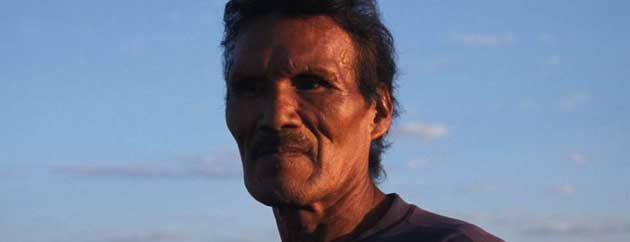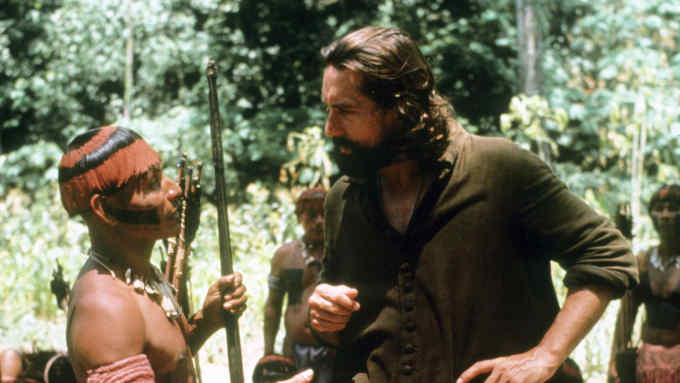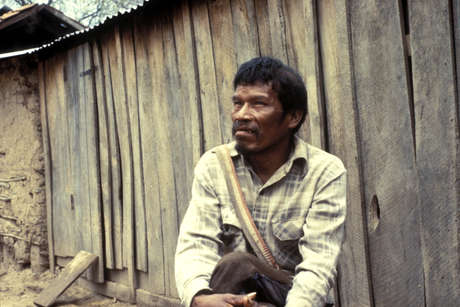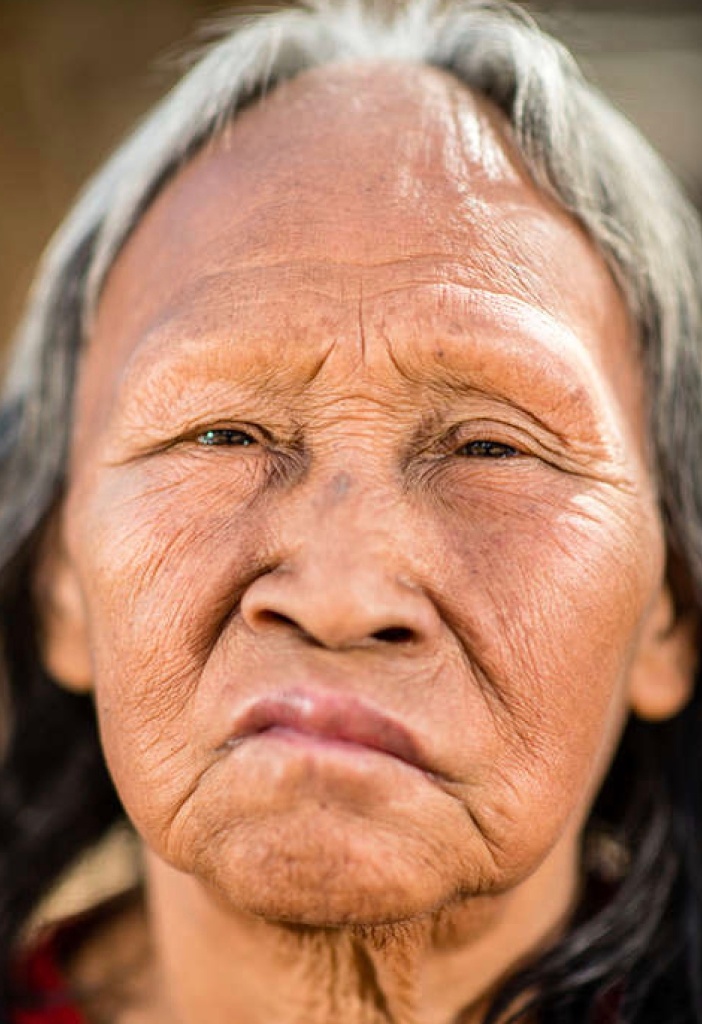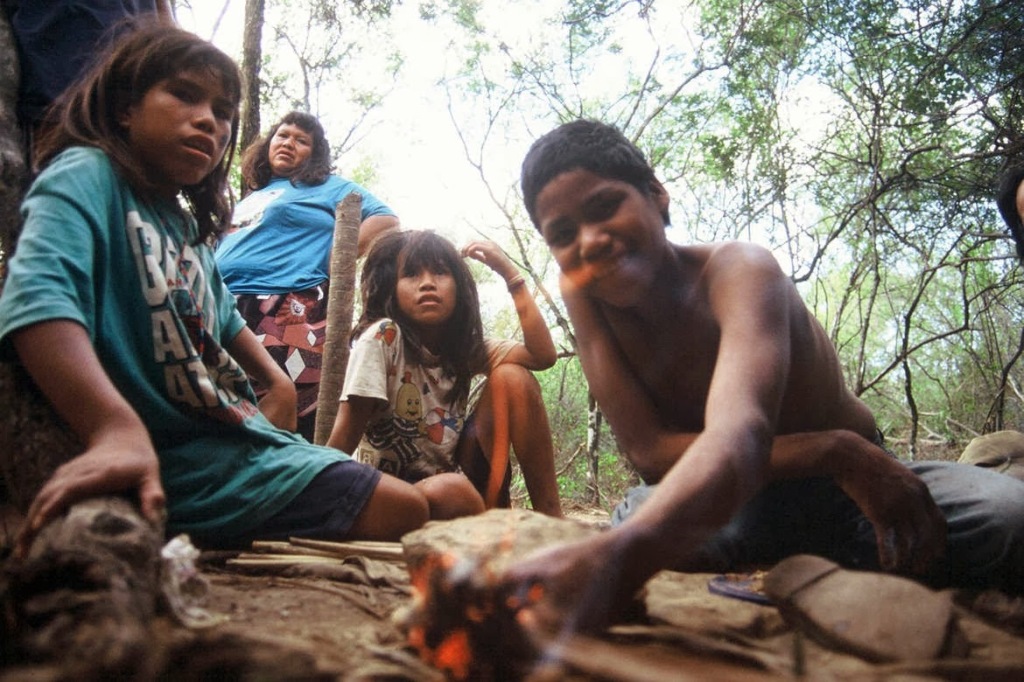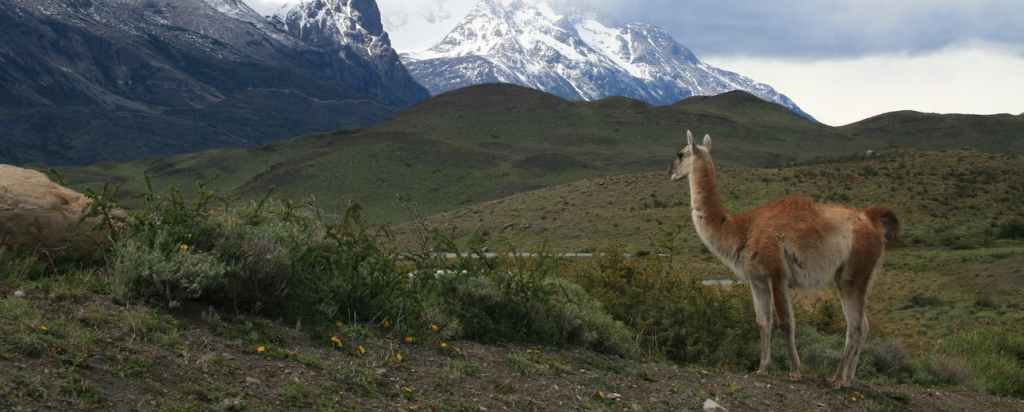The Ayoreo (Ayoreode, Ayoréo, Ayoréode) are an indigenous people of the Gran Chaco. They live in an area surrounded by the Paraguay, Pilcomayo, Parapetí, and Grande Rivers, spanning both Bolivia and Paraguay. There are approximately 5,600 Ayoreo people in total. Around 3,000 live in Bolivia, and 2,600 live in Paraguay. Traditionally nomadichunter-gatherers, the majority of the population was sedentarized by missionaries in the twentieth century. The few remaining uncontacted Ayoreo are threatened by deforestation and loss of territory. The Ayoreo people are known by numerous names including Ayoré, Ayoreode, Guarañoca, Koroino, Moro, Morotoco, Poturero, Pyeta Yovai, Samococio, Sirákua, Takrat, Yanaigua and Zapocó. In the Ayoreo language, Ayoreo means “true people,” and Ayoreode means “human beings.”
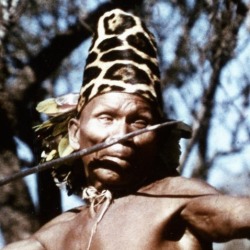
Ayoreo tribal people living in the regions around Paraguay and Bolivia resisted any contact with modern civilization for centuries. They are ancestral hunter-gatherers who are choosing to reach to the towns due to deforestation. The tribe that was once feared is on the brink of getting extinct from the forests. However, those who still survive in the jungle may prove to be dangerous if reached by the outsiders.
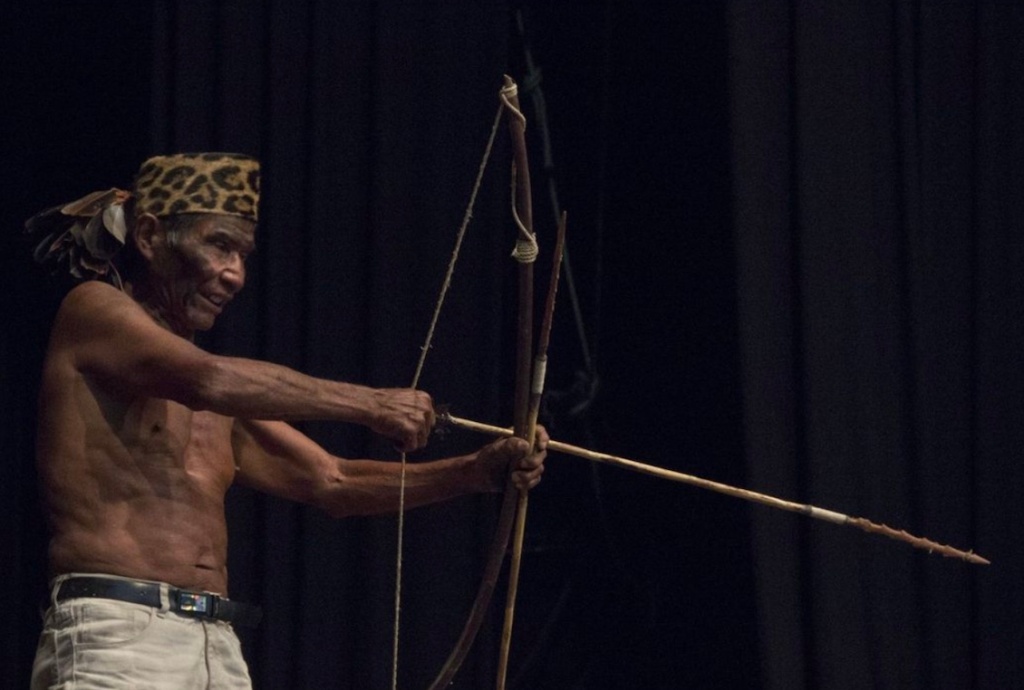
“The Totobiegosode hope to reclaim the stolen territory and preserve it,” Tagüide Picanerai, one of the spokesman of the Totobiegosode community, told the news service Agencia EFE. According to Picanerai, the IACHR’s request is a response to the “irresponsibility of the Paraguayan government and its neglect to give the Ayoreo what is theirs and what they have claimed for over 20 years.” Totobiegosodes, who are considered the most isolated of all the Ayoreo groups, have lived in the Paraguayan Chaco for over half a century. The tribe first came into contact with outsiders in the 1940s and 1950s, according to Latin Correspondent, when Mennonite farmers sought to develop colonies on Ayoreo land. A few decades later, the controversial fundamentalist New Tribes Mission helped force the Totobiegosodes from their land.
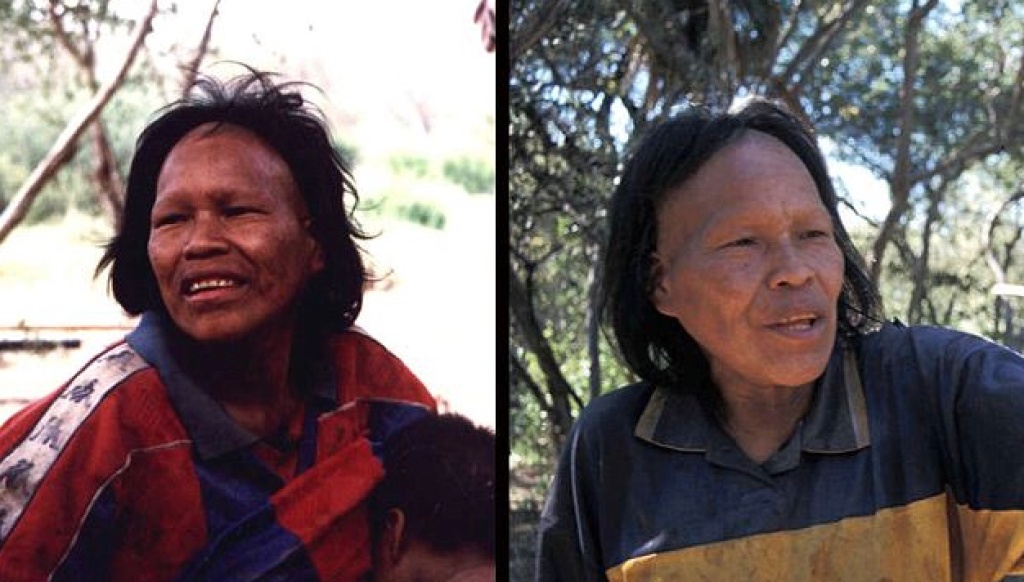
Ayoreo Totobiegosode (“people from the place of the wild pigs”) an Indian tribe residing in the Chacko forests of Paraguay, has recently been discovered and reported by Paraguan authorities, according to Survival, a group working for tribals. Paraguay’s Department of Indian Affairs has confirmed the Ayoreo tribe that has never been contacted before lives in the northern Chaco region of Paraguay. The discovery was made after footprints and traps for hunting tortoises were found. Ayoreo are a nomadic community living in small groups of three or four families. Their survival is dependent on hunting wild pigs, large tortoises and extracting honey from bee hives. Their survival is at stake because of large scale deforestation taking place in and around Paraguay, especially in the Chacko forest area. Many have been displaced while many more have been compelled to abandon their natural habitat to work on ranches owned by big businesses from Brazil and Paraguay.
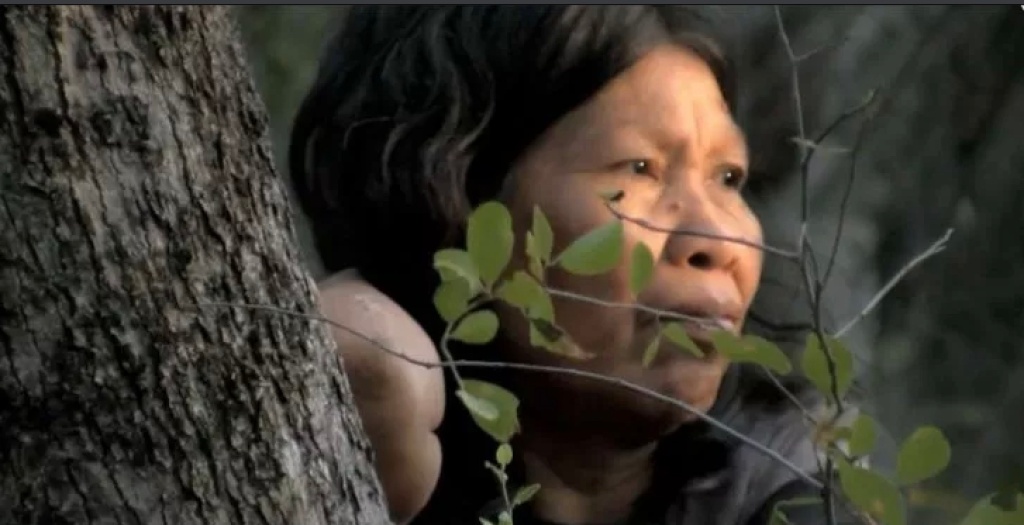
THE FOREST BELONGING TO PARAGUAY’S AYOREO-TOTOBIEGOSODE TRIBE HAS THE FASTEST RATE OF DEFORESTATION IN THE WORLD MUCH OF THEIR LAND HAS BEEN STOLEN AND SOLD TO CATTLE RANCHERS, FORCING THE UNCONTACTED AYOREO TO LIVE ON THE RUN, ESCAPING THE BULLDOZERS THAT ARE DESTROYING THEIR FOREST. SINCE THE 1970S, SURVIVAL HAS BEEN WORKING WITH CONTACTED AYOREO COMMUNITIES TO HELP THEM SUCCESSFULLY GAIN TITLE TO 550,000 HECTARES OF THEIR ANCESTRAL HOMELAND. BUT THE GOVERNMENT IS ALLOWING FOREIGN RANCHING COMPANIES CONTINUE TO DESTROY THE AYOREO’S FOREST HOME TO MAKE WAY FOR CATTLE, AND UNCONTACTED AYOREO MAY SOON HAVE NOWHERE LEFT TO HIDE.

AYOREO CULTURE AND HISTORY
International Work Group For International Affairs:
The Ayoreo tribe has no official website of their own, but here are two human rights organizations who have
been working with the Ayoreos to protect their environment and way of life.
Language, Culture, and History of the Ayoré Tribe:
Archive of oral history and cultural information in English, Spanish and Ayoreo.
Ayoreo Culture:
Information about Ayoreo history and lifestyle.
The Ayoreo People: An Introduction:
Facts, photos, and maps about the Ayoreo tribe.
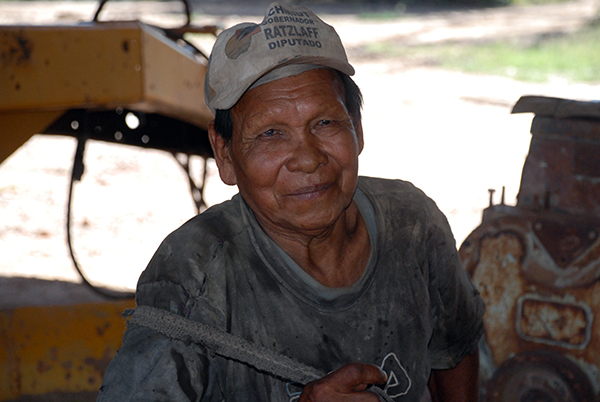
The Case of the Ayoreo:
Ethnography and history of the Ayoreo tribe in Paraguay.
Asking Ayahai: An Ayoreo Story:
Documentary about the Ayoreo people narrated by a Bolivian Ayoreo elder.
El mito de la Abuela Grillo:
Animated video about environmental exploitation featuring the Ayoreo rain goddess Grandmother Cricket.
Ayoreo leader killed by contact with the outside world
Uncontacted tribes threatened by Christian missionaries:
The story of Chagabi Etacore, whose clan was kidnapped and forced to relocate by the extremist New Tribes Mission.
Danger: the world is on its way
Uncontacted tribe discovered in the Chaco region
The Ayoreo-Totobiegosode:
Articles about the Ayoreo-Totobiegosode, a remote rainforest community endangered by industrial development.
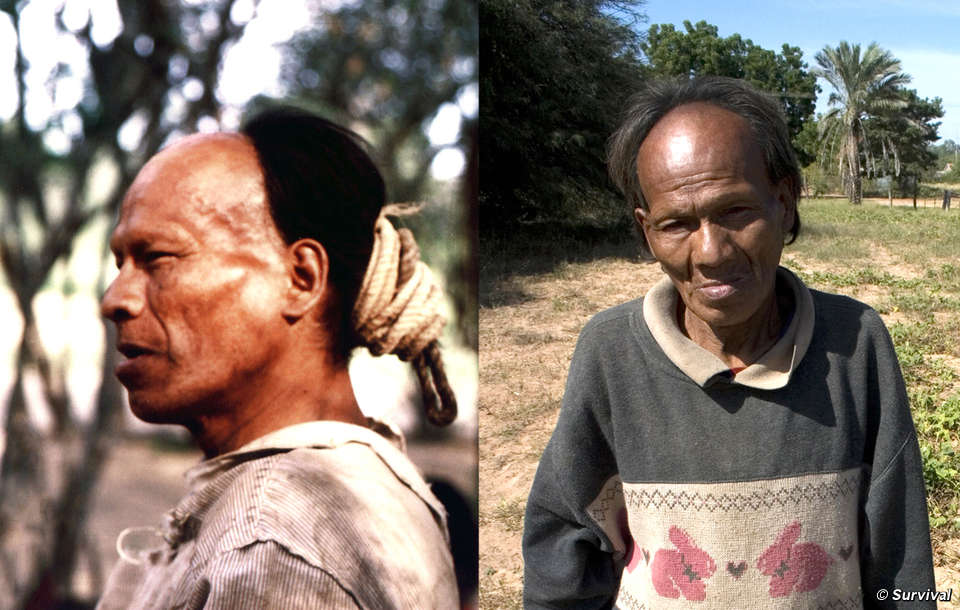
AYOREO INDIAN LANGUAGE
The tribal name Ayoreo comes from the word for “person” in their own language; the plural form, Ayoreode (“people”) is also used. They are also known as Pyta Jovai, Yanaigua, or Tsiragua, which are their names in the languages of the neighboring Guarani and Tapiete tribes, or as the Moros, a Spanish name for them. These names are also spelled many other ways including Ayoré, Ayore, Ayoréo, Ayoréi, Ayureo, Ayuréo, Avoreo, Ayoweo, Ayoeo; Ayoréode, Ayoréiode, Ayorédie, Ayo’reode; Pyeta Jovai, Pyeta Yovai, Pyta Jovái; Tsirákua, Tsiricua, Tsirakaua; and Morotoco. Important band names of the Ayoreos include Guarañoca (or Guarañoka), Poturero, Totobiegosode, and Guidaigosode. Those names are also sometimes used to refer to their associated dialects of the Ayoreo language. The Guarañoca dialect is particularly distinct and is considered by some linguists to be a separate language of its own. Other names which the Ayoreos have been called in older literature, such as Takrat, Coroino, Corazo, and Kursu, were probably Spanish corruptions of place names.
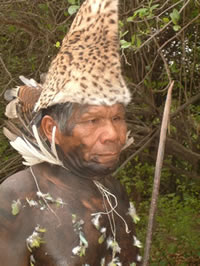
Endangered Languages Project: Ayoreo
Glottolog: Ayoreo:
Bibliography of Ayoreo language resources.
OLAC: Ayoreo:
Reference list of Ayoreo language materials.
Wikipedia: Ayoreo:
Encyclopedia article on the Ayoreo language.
La Lengua Ayoréo
Ayoreos Bolivianos:
Information about the Ayoreo Indians and their language in Spanish.
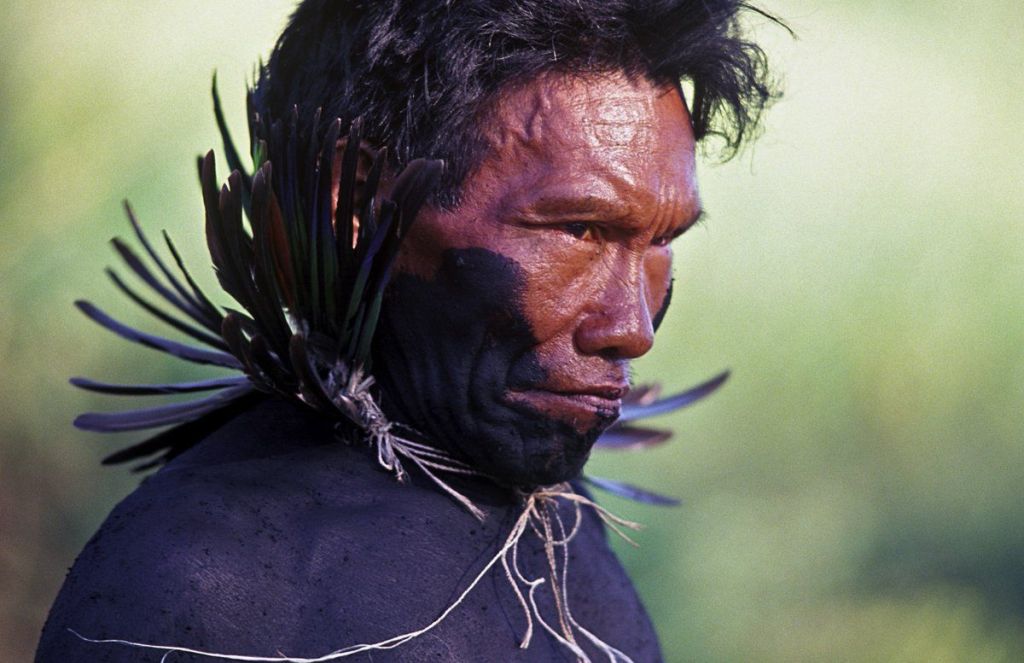
The 5,000 Ayoreo are a trans-national people, living in Paraguay and Bolivia (data: Survival International, 2002). In Paraguay they live mainly in the central Chaco region. The Ayoreo are divided up into different subgroups, which – according to some sources – have tended to be hostile to one other. (Such hostility has been exacerbated by more recent divides between Protestant Evangelicals and Roman Catholics). Traditionally the Ayoreo are hunter-gatherers; today many work in the Mennonite colonies on the large cattle ranches, often for less than the minimum wage. Many of the Totobiegosode subgroup of the Ayoreo had had very little contact with other peoples until – with the help of the Guidaigosode (another subgroup) – they were forcibly settled by the New Tribes Mission in 1979 and again in 1986. Many subsequently died of malnutrition and disease. Since the early 1990s, after enduring years of settlement existence, Ayoreo have been demanding that their ownership of almost 1,000,000 hectares of Chaco territory be recognized by the government. Such land claims remain largely unresolved.
The Ayoreo: the last isolated people outside the Amazon
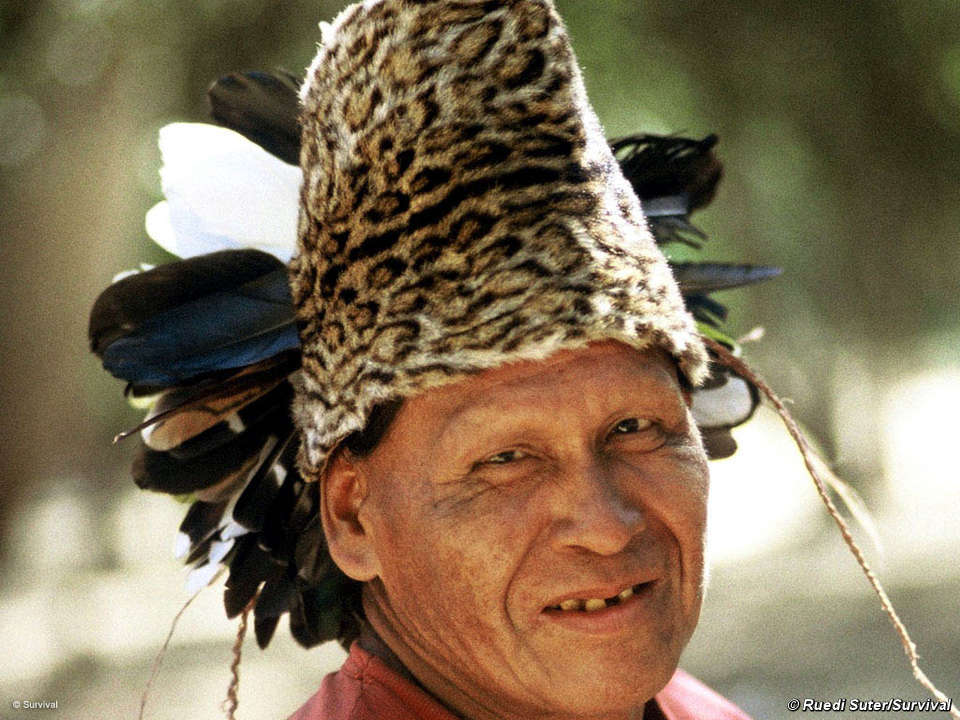
The Ayoreo are a people of hunters and gatherers whose traditional territory encompasses more than 30 million hectares of the Gran Chaco region of South America: the northern Chaco in Paraguay, the Bolivian Chaco in the department of Santa Cruz and Chiquitanía. Currently, those who adopted a sedentary lifestyle amount to 5,000 people located both in Paraguay and Bolivia. However, there are still groups living in voluntary isolation. Most of the Ayoreo were violently forced out of their traditional territory during the second half of the 20th century and were “reduced” to small settlements, where they had to become sedentary to survive. The first encounters were registered in 1711 and 1726, when the Jesuits founded the San Ignacio de Zamucos mission with several local Ayoreo groups. In 1745, an uprising put an end to this establishment. Over a hundred years went by before there were news regarding the Ayoreo. The local group Jnupegosode got close to the Santa Cruz-Puerto Suárez railroad workers in Bolivia.
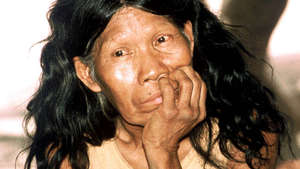
Ayoreo Tribes were a dangerous tribe
Ayoreo Tribes are people who live in groups in Paraguay and Bolivia in South America. Their forest area covers thousands of acres. These people are predators and very dangerous people. Most of these people don’t like to meet outsiders. For the last 50 years, the people have done a lot of injustice to Ayoreo Tribes. The land has been taken away from them and given to farmers and cattle breeders. 1979 and 1986. In the US, the radical New Tribes Mission helped organize the ‘Musthaks’ in which large groups of Ayoreo Tribes were forced out of the forest. Several Ayoreo Tribes died in these encounters, and others later succumbed to disease.
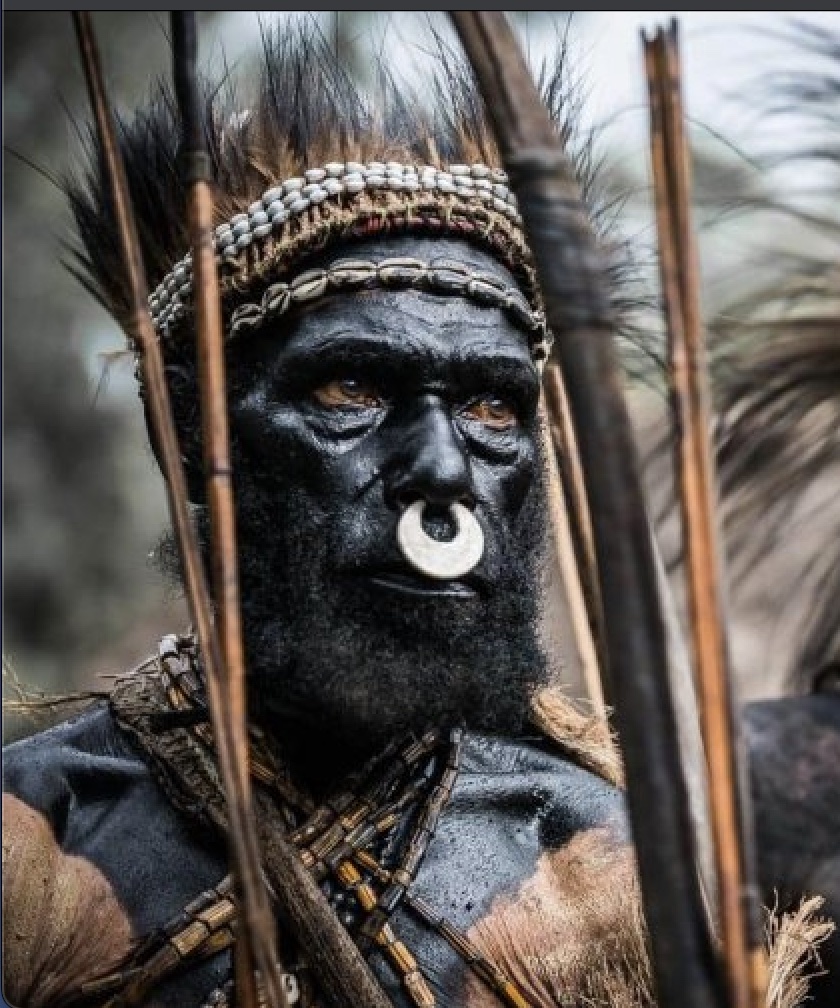
The Ayoreo call themselves “Ayoreóde,” which is the plural form of ayoréi (person ); the feminine form is ayoré. “Ayoréi” is also used to designate generically all beings of human appearance, including other native groups and criollos. Non-Ayoreo indigenous groups are generally called “Menenegóne” (i.e., “the poor ones” or “those who have nothing”). A different denomination and status is given neo-Americans (criollos and Europeans); they are referred to as “Konhióne,” which may be translated as “foolish/stupid,” “people who do things that make no sense or that are outside norms,” such as marrying someone from the same family or addressing a woman they do not know.
